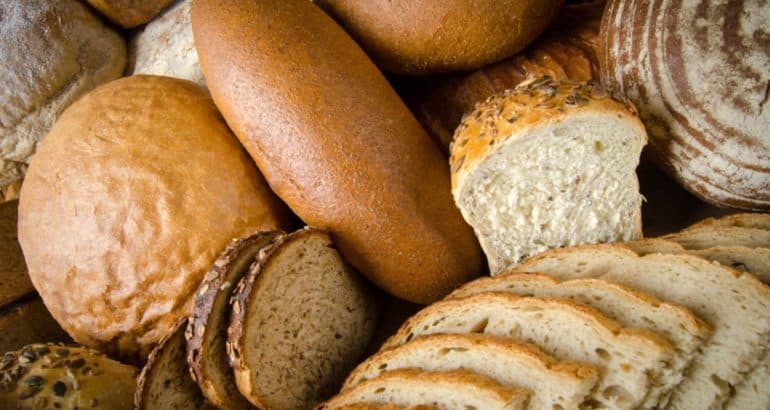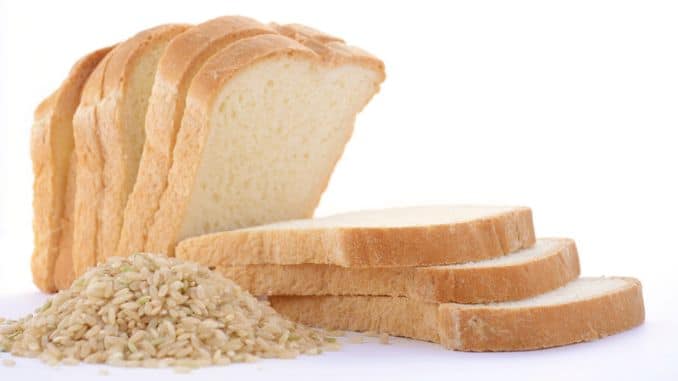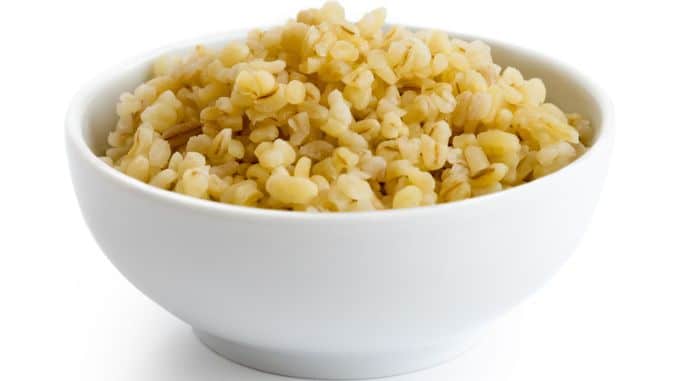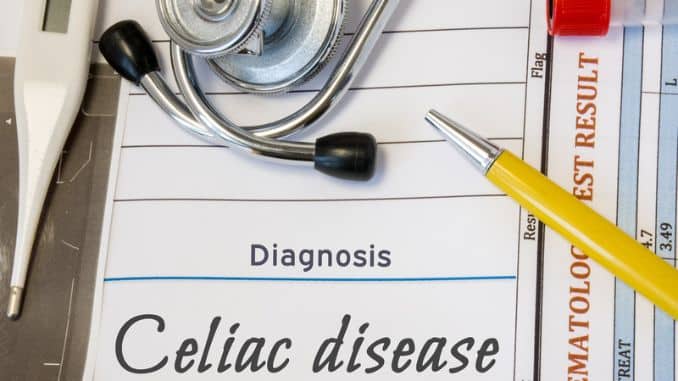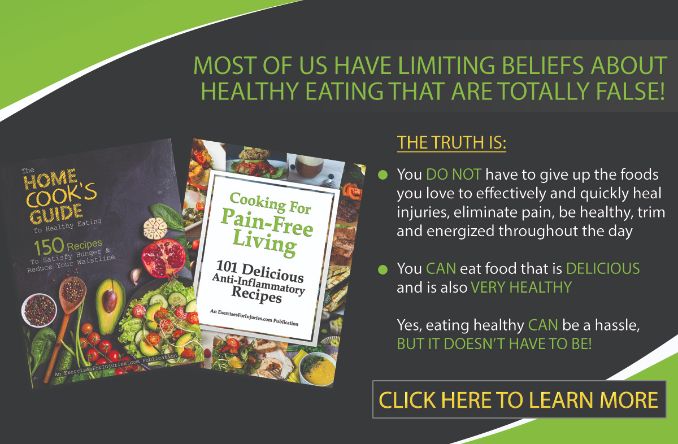The information we share is for your education and is not designed to diagnose or treat you. It does not replace the care of a physician, and if you're struggling with health issues, we strongly advise you to seek the care of a licensed physician who can examine you and determine the best course of action for you.
We want to talk a little bit about why we may or may not avoid grains, what it does for us or not, and who should avoid grains and who shouldn’t. There are frequently articles in popular magazines such as Time Magazine that discuss how going gluten-free has been a bad thing and that health issues are associated with it. Hopefully, this discussion clarifies some of those mysteries.
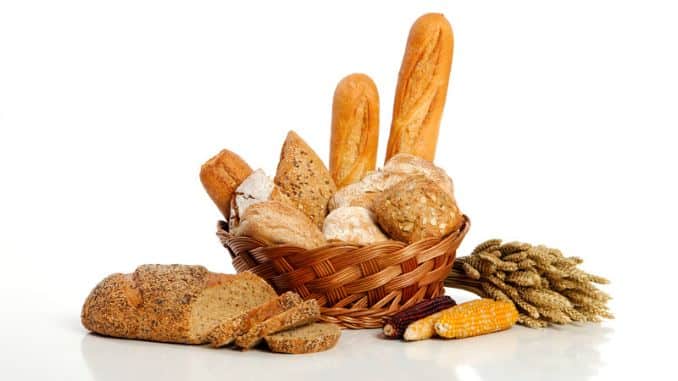
What is Bread?
There are a lot of kinds of bread, and they are not all equal. There is a significant difference between refined white bread, which has little to no nutritional value aside from what is fortified in the grain, and whole grain bread. When you buy grain products, they may be fortified and labeled as a source of folic acid and B vitamins. These grains often have those vitamins added to the product to give them some nutritional value; otherwise, they may not have much. That will be our classic white bread versus sprouted grain bread, sourdough bread, or bread made without flour (gluten-free bread).
There are a lot of varieties of bread around us today, so why would we choose one over another? Let’s break it down a little, so we understand what these different pieces of bread can offer us.
1. Sprouted Grain Bread
These are pieces of bread that are often made without flour. They use the grains and sprout them, allowing them to ferment. That allows a more flour-like substance that will bind the bread together without actually being a source of refined flour.
Sprouted Grain Bread tends to be high in fiber. Most of us benefit from more fiber. It helps clean out the waste in our guts. Our cells are constantly excreting waste products, and we eliminate a lot of that through our stools. Including more fiber in our diet is one way we can eliminate some of that waste. Higher-fiber bread, like Sprouted Grain Bread, would be a source of some of that fiber.
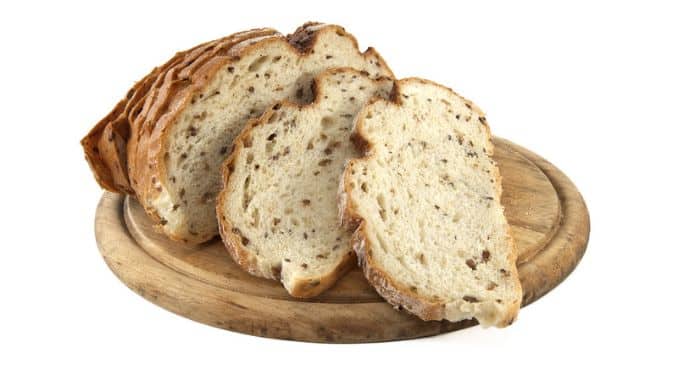
2. Sour Dough Bread
The Sour Dough Bread is really interesting. These are pieces of bread in which there is some fermentation. The bread itself ends up being a source of culture. Loads of bacteria live in our intestinal tract, and many of us have imbalances in the flora for various reasons. For some folks, Sour Dough Bread is well tolerated and can support a healthy microbiome since it is a source of good bacteria. In fact, there are people out there who have gluten sensitivities. Gluten-sensitive people can sometimes tolerate sourdough bread but not other bread because it contains that culture and is fermented.
3. Gluten-Free Bread
We can say a lot of things about Gluten-Free Grain products in general, but Gluten-Free Bread is essentially bread that’s made with non-gluten-containing starch sources. Gluten-free bread is frequently made with starches like potato starch, chickpea flour, tapioca starch, or cornstarch. You can find other starchy things that aren't flour to avoid gluten, but because it has a gluten-free label doesn't mean it's healthy.
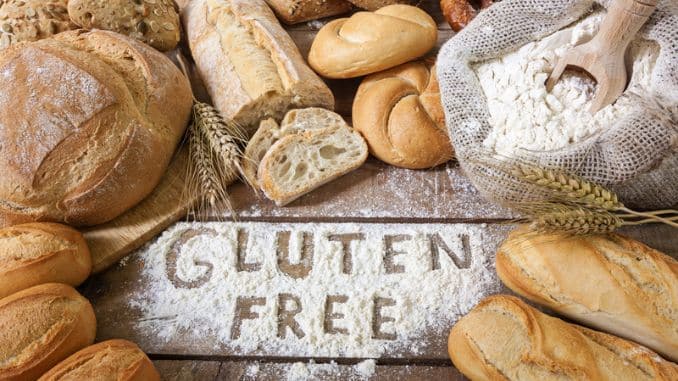
There are lots of different pieces of bread when you are in the bread aisle, unsure what to find, and do not know how to make a decision. Therefore, it can be hard to know what to purchase. Nowadays, many people are moving toward a gluten-free diet, and it has almost become a trendy diet to be gluten-free. Let’s talk about gluten sensitivity.
Who should be gluten-free?
There are lots of grains that contain gluten, not just wheat. People who are on a gluten-free diet avoid all of these grains. The only foods containing gluten are grains, so if you try to avoid it, that’s going to be your gluten guide. Many people will benefit from a gluten-free diet, but not everybody needs it.
What is Gluten?
Grains such as wheat, rye, and barley contain a kind of protein known as gluten. It’s what gives bread its chewy texture and helps it to rise. When flour is mixed with water, the gluten proteins form long, stringy strands. These strands trap carbon dioxide gas, which makes the dough rise. The gluten proteins make the bread chewy and moist when the dough is baked.
Many of us have a gluten intolerance, or maybe we have celiac disease. If your body is reacting to gluten and attacking itself, you can progress to Kashimoto's Thyroiditis, an autoimmune disease wherein our bodies attack our thyroid.
What is Celiac Disease?
Celiac disease is an autoimmune disorder in which we react to gluten. Just the presence of gluten causes an autoimmune cascade that can be bad for our bodies. We get a variety of symptoms just from that alone, like digestive upset, diarrhea, stomach pains, or cramping. Whenever we have an autoimmune disease, we can have other autoimmune diseases that result from that.
Doctors put many patients who have never been properly tested for celiac disease on a gluten-free diet, or the patients choose to go on one. Everyone should get tested for celiac when they have children because it is very important. Celiac Disease is common, highly undiagnosed, and can lead to operational issues. We can avoid this condition if we identify it early and make appropriate dietary changes.
You can have many other types of autoimmunity, as autoimmunity tends to come in groups. If you have had one example of an autoimmune disease in your life or in your family history, you are going to be susceptible to more. You can also have autoimmune skin problems. If you have a history of autoimmunity, you should consider going gluten-free. This is because celiac disease is very common, and you would also want to prevent any further autoimmunity that may develop.
How do we test for Celiac Disease?
Often, celiac testing can be falsely negative. It’s a blood test, and most MDs in practice test one marker. There is one blood marker that will commonly be tested, and it’s called Tissue Transglutaminase IgA (TTG IGA). Immunoglobulin A is one of the antibodies that we make naturally. Many of us don’t make it. And if you don’t make enough of it, that is just a generic variant many of us have.
If you are an IgA-deficient person and you test for TTG IGA, it’s an IgA, so you’re going to be negative because you don’t make enough of it. You must test both total and TTG IgA to get an accurate celiac test. Western medical professionals commonly misdo this. You should do the full two markers if you have been tested for celiac disease, but all you had tested was the TTG IGA. They told you it was negative, as it may be the case that you have celiac disease that hasn’t been appropriately picked up.
Celiac Disease Diagnosis
Doctors frequently use blood tests to diagnose celiac disease. Your doctor will do this through endoscopy if they have already diagnosed you with celiac disease based on blood work. They will probably do a biopsy, considered the gold standard, to evaluate the severity of the damage in your intestinal tract. A biopsy of the stomach is the gold standard for diagnosing celiac disease.
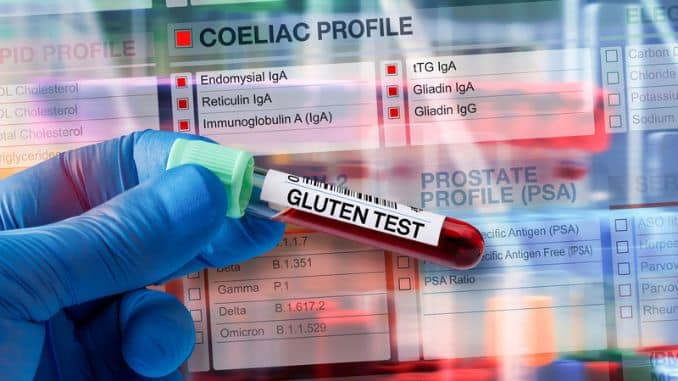
If you are gluten-free and they do a biopsy. Which will show tissue changes as a result of gluten exposure. It will not come up with any damage because you have to have damage in the intestinal tract to come up positive for the biopsy; chances are, if you are not eating gluten and you are scheduled for an endoscopy, you will come up negative for celiac disease even if you have it.
The thing with celiac testing is that you must be eating gluten at the time of the test. It’s never a good idea to take a patient off gluten before testing. Suppose you’re planning to test them because once you’ve gone gluten-free. You’re never going to get an accurate result through testing. Suppose you’re a medical professional and suspect celiac disease in a patient. Or if they’re not already eating gluten, you need to talk to them about whether or not it’s beneficial to do a gluten challenge.
Suppose you are not sure and want to get tested. It’s always about doing these tests when you are currently consuming gluten. Do it while eating your pasta before you get the testing done to make it useful for you. Otherwise, it might be falsely negative, which is not helpful.
Discovering Celiac Disease
Another thing with celiac disease that makes it so hard is that people with celiac disease will naturally discover that they feel better when they don’t eat gluten, bread, or wheat products. They tend to avoid it, but not because they know they are sensitive but don’t know how sensitive they are. For these people, it’s not ideal to tell them that to get a proper test; they have to eat the equivalent of a bagel a day for the next four weeks to get a proper test because, at this point, they know what’s going to make them feel sick, and they don’t want to do that.
With autoimmunity, it tends to run in the family. Suppose you’re eating wheat and gluten products and are thinking about avoiding glutinous grains. We recommend you first get celiac testing with both the IgA and the TTG IGA markers to rule out celiac disease. It is extremely beneficial to perform a proper diagnosis and the challenge when people have children.
Many of us are gluten sensitive, meaning that we tend to feel better when we avoid gluten or have it on occasion; this doesn’t mean that we have celiac disease. If you do the test and rule out celiac disease, then you know that you can probably get away with having gluten once in a while when you know what the problem is for you.
Benefits of Bread vs. No Bread
The benefit of bread is that it can be a great source of fiber. It’s a source of calories and nutrition, so if you are running marathons, you eat a lot of carbs in your diet because you are using them. Therefore, whole-grain bread is fine for you as long as you are not reacting.
Scientists have well-researched how the Mediterranean Diet lowers cardiovascular risk factors because it includes whole grains. There are lots of evidence that whole grains are excellent for reducing cardiovascular disease. Whole grains are not the same as refined grains, so white bread is a source of refined flour. Refined grains tend to have fewer health benefits unless they are fortified with certain nutrients, often to give some benefits.
Bread is convenient food, which is great for many of us; that’s why we grow up eating bread. It’s so easy to make some toast, but it doesn’t necessarily deliver the same value of nutrients as salads or other food choices. Convenience is a huge benefit to eating lots of bread. Bread is also higher in carbohydrates, no matter what kind of bread you eat. If you're eating lots of bread daily, you’re getting lots of carbs, which tend to give us a lot of calorie intake.
It can lead to weight gain. Just be mindful of the volume of carbohydrates coming into our diet. or those who are not as active or who are not using those calories up. In addition, carbohydrates become sugars in our bodies, which can put us at risk for diabetes.
The other thing is that most people don’t eat just bread. They usually put something on the bread, like cheese or sweet spreads, or make it a veggie sandwich. The thing that we put on bread also has a role in our health. There are different choices that we can make that are going to help or hinder our health goals.
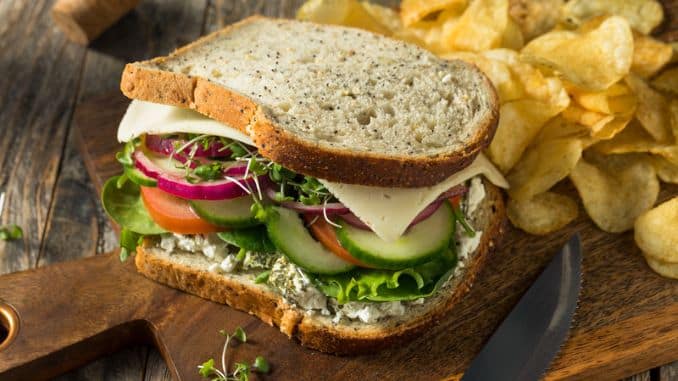
Yeast Overgrowth
Many of us suffer from yeast overgrowth or candida. You may have yeast overgrowth if you have a history of vaginal yeast infections or itchy little skin rashes. If you have yeast overgrowth, then bread can feed that. Slices of bread are sources of carbohydrates, and they also tend to be yeasty. Bread is a perfect food for feeding yeast overgrowth. If you don’t have yeast overgrowth and a perfectly healthy microbiome, the bread will not be a problem.
Leaky Gut
Why do many of us who don’t have celiac disease benefit from grain-free gluten? It has to do with leaky guts. There can be a lot of things happening in the intestinal tract that can lead to inflammation there. If you're taking a lot of antibiotics or medications, or if you have stomach flu, all of these things can lead to a leaky gut.
A leaky gut is where we get toxic metabolic waste from the intestinal tract. Your body produces many waste products when it digests bacteria and food. Those waste products should stay nicely contained in the intestinal tract. Nice, tight cells called tight junctions form along the gut's mucous membrane.
What are called tight junctions that join the cells? They’re nice and tight together. What can happen with inflammation in the gut is that these cells can get gap apart, which allows toxic waste in the gut to escape through that mucous membrane that should be nice and tight. Now, you've got these molecules of foods and waste products in your circulatory system, which can create a reaction in your immune system.
Many of us who suffer from chronic symptoms have leaky guts, and eliminating gluten for a short period can even lead to leaky gut healing. This is why so many of us benefit from a gluten-free diet.
Gluten-free Grains
When you see a lot of gluten-free products in the store, you may think that everything is healthy for you because they are in the health section. Gluten-free products tend to be based on potatoes, corn, and other grains like starches. That’s basically how we make gluten-free options.
Gluten-free labeling doesn’t inherently mean that it's a healthier option. In terms of carbohydrates and calorie intake, it’s not necessarily better. Sometimes those starches are less beneficial for us, so we might as well just have sprouted green bread. If you have celiac disease, you definitely should not choose gluten-containing foods.
Gluten-free Items:
- Vegetables
- Fruits
- Meats
- Healthy fats
- Nuts
- Seeds
- Spices
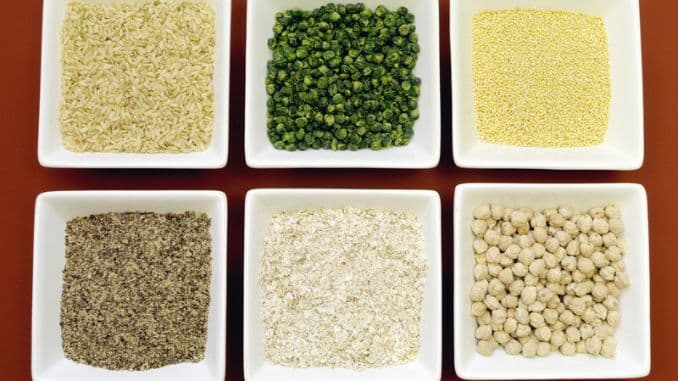
These are all naturally gluten-free items. These foods are often healthier if you’re trying to replace gluten with other starchy grains. You can consider replacing your gluten with vegetables, which most of us can benefit from.

